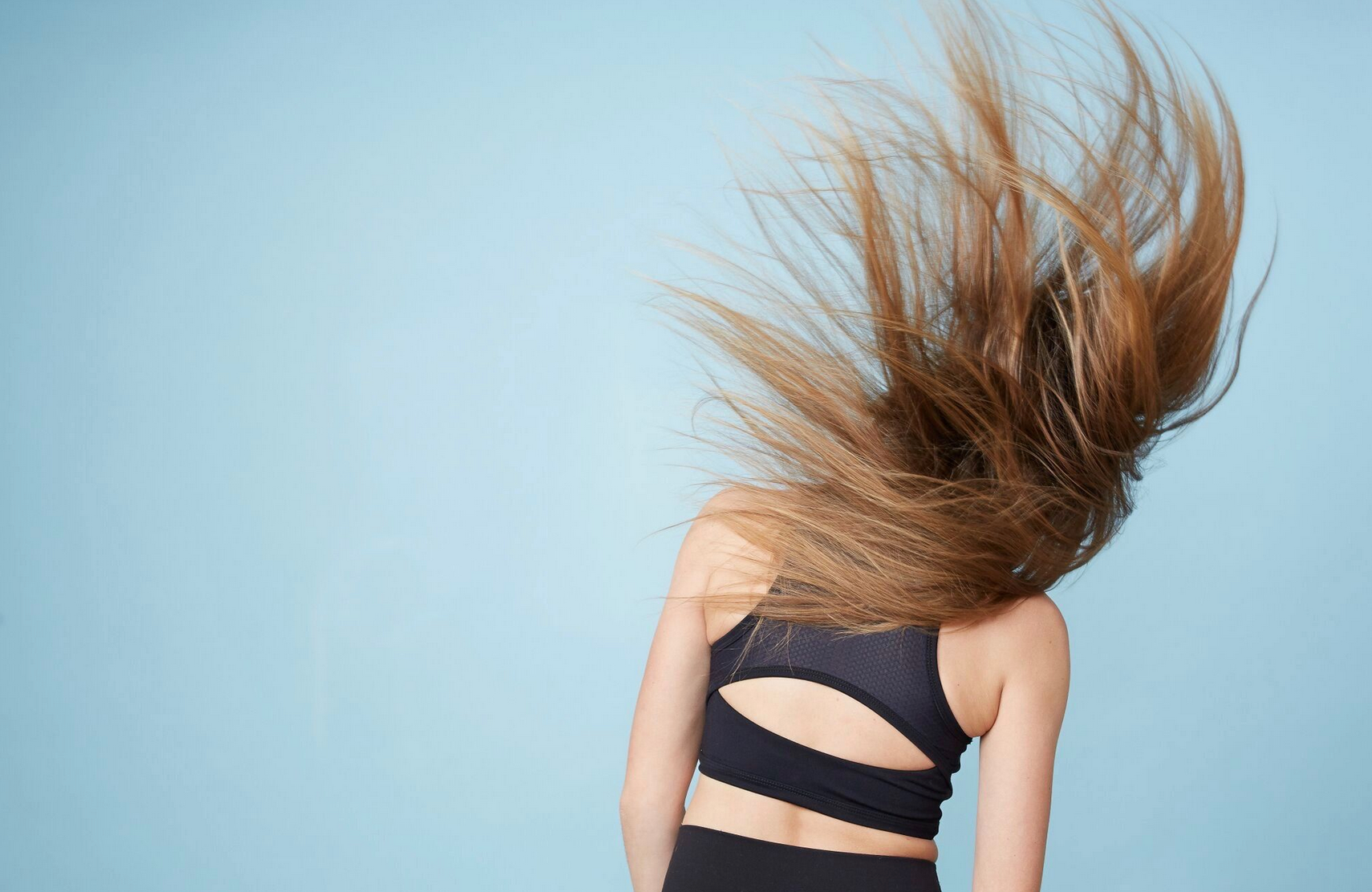Crop tops, often regarded as a staple in contemporary casual wear, have a rich history that intertwines various cultures and epochs. While they might seem like a modern trend, their roots extend back to ancient civilizations where these midriff-baring garments were commonplace in warmer climates. This article delves into the fascinating history of crop tops, their journey through time, and their resurgence in today’s fashion landscape.
The origins of crop tops can be traced back to various ancient cultures. In many Eastern countries, shorter tops were worn to stay cool, while in India, the traditional sari is often paired with an undergarment similar to a crop top, known as an acholi. Similarly, ancient Greek attire featured chitons, draped garments that left the midsection exposed, highlighting the cultural embrace of crop tops long before they became a modern phenomenon.
As societies evolved, so too did the crop top. Interest in such garments surged in the late 1800s, especially fueled by performances of belly dancers in the West, whose two-piece costumes showcased the midriff. The debut of the crop top in a public context occurred at the 1893 World’s Fair in Chicago, which marked its introduction to American fashion, although it was initially met with resistance due to prevailing conservative dress norms.
The 1940s emerged as a significant turning point for crop tops, particularly due to World War II. Fashion designers embraced the crop top as a practical solution to fabric rationing, transforming it into a popular element in swimwear and casual wear. Typically worn with high-waisted skirts, these tops began to shift away from their pricy performance origins towards more accessible everyday attire.
As the decades rolled on, crop tops found their footing during the 1960s feminist movement, symbolizing women’s liberation and their embrace of personal style. The cultural embrace of crop tops grew as celebrities adopted the look, solidifying its presence in pop culture. This paved the way for the 1980s and 1990s, widely regarded as the golden age of crop tops. Pop icons like Madonna and Britney Spears donned these garments in unforgettable performances, making crop tops a fashion necessity among fans and inspiring trends that persist today.
However, by the early 2000s, the popularity of crop tops waned, leading many to believe they had become a fleeting trend. Yet, fashion is nothing if not cyclical. With the rise of social media and an appetite for retro styles, the 2010s marked a powerful comeback for crop tops. Emerging styles appeared on runways and city streets alike, showcasing this garment’s versatility and adaptability.
Fast forward to today, and crop tops have solidified their status as an essential piece of wardrobe across all ages and occasions. They can be dressed down for a casual outing or elevated for more formal events, proving their remarkable versatility. For girls exploring their style, crop tops are not just a fashion statement; they are a means of self-expression, offering countless combinations and styles.
Take a look at this vibrant representation of a girl confidently wearing a crop top while flipping her hair, embodying the spirit of this timeless piece.

Image: Source Yellowberry
The current landscape of crop tops is diverse, featuring various styles, cuts, and fabrics that suit all preferences, from classic cotton to trendy lace. Brands like Yellowberry continue to innovate in this space, offering crop tops designed with comfort and style in mind, perfect for young girls eager to explore fashion.
In conclusion, the crop top is not only a testament to evolving fashion but also a reflection of cultural shifts and personal expression. As they remain prominent in wardrobes around the world, crop tops serve as a reminder of the blend between history and modern-day style. For those looking to enhance their wardrobe, embracing the crop top trend is a stylish choice that honors a rich legacy while making a statement today.